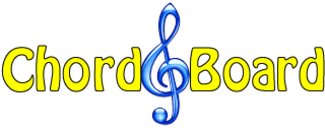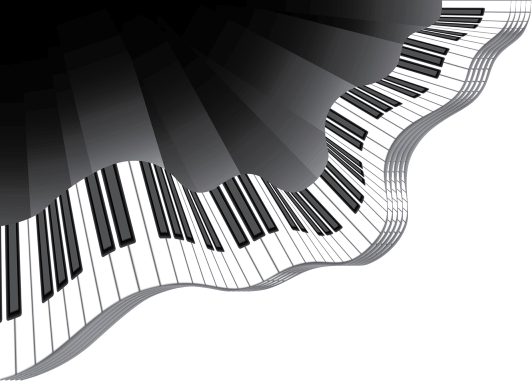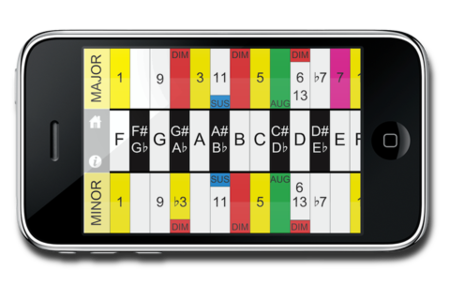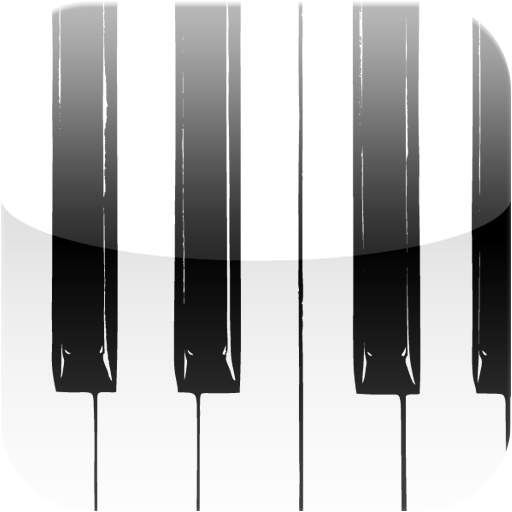

Comments, critiques and criticism received …
Eclipse38, “Excellent music teacher. Fantastic … an app. that shows and plays the
actual notes needed to create chords. It’s easy to use, incredibly helpful and I can
even find the notes I want to sing and harmonize with it. Great job guys!"
Ken J., “I guess it is useful to have it as an app. I hope it makes you some good dosh.”
Robert A., “Nice job Martin ... very cool!”
Mark B., “I suggest heavy facebook work”
John F., “Congrats to you. it looks dead good. you must be proud. well done!”
Michelle McC., “congrats! busy, busy!”
Jean D., “Wow! Hearty congratulations! Your ingenious Chord Board is now an iPhone app. Way to go!
James B., “Chord Board looks great! Congrats! :)”
Antonia V., “What is a chord board app?
Lisa N., “Wow! this is a big deal! congrats.... how did this happen? it's cool....”
Gary S., "This is practically a perfect app. As it is, your app is a very helpful musical tool."
R. Jill Van M., “Very cool App - just purchased and will play around later today.”
Paul S., “Cool Martin! Did you do the iphone app programming yourself?”
Eddie M., “Congratulations on the iTunes app.”
Greg S., "Nice story about Chord Board's realization as an iPhone app. I found it inspirational."
Dave B., "T'all looks really great. As apps go it really is a useful one."
Famous Why Editor, "The Chord Board has a simple and intuitive interface (nothing too fancy but, from my point of view, this is a great thing).
Eclipse38, “Excellent music teacher. Fantastic … an app. that shows and plays the
actual notes needed to create chords. It’s easy to use, incredibly helpful and I can
even find the notes I want to sing and harmonize with it. Great job guys!"
Ken J., “I guess it is useful to have it as an app. I hope it makes you some good dosh.”
Robert A., “Nice job Martin ... very cool!”
Mark B., “I suggest heavy facebook work”
John F., “Congrats to you. it looks dead good. you must be proud. well done!”
Michelle McC., “congrats! busy, busy!”
Jean D., “Wow! Hearty congratulations! Your ingenious Chord Board is now an iPhone app. Way to go!
James B., “Chord Board looks great! Congrats! :)”
Antonia V., “What is a chord board app?
Lisa N., “Wow! this is a big deal! congrats.... how did this happen? it's cool....”
Gary S., "This is practically a perfect app. As it is, your app is a very helpful musical tool."
R. Jill Van M., “Very cool App - just purchased and will play around later today.”
Paul S., “Cool Martin! Did you do the iphone app programming yourself?”
Eddie M., “Congratulations on the iTunes app.”
Greg S., "Nice story about Chord Board's realization as an iPhone app. I found it inspirational."
Dave B., "T'all looks really great. As apps go it really is a useful one."
Famous Why Editor, "The Chord Board has a simple and intuitive interface (nothing too fancy but, from my point of view, this is a great thing).
It has been granted the Famous Software Award to recognize software with innovative and efficient ways to reflect the best
John R. / Datalizer, "Good luck with the app sales."
Nardo Style, "Great job. This is a great app for learning how to play the piano. It's fun and easy to follow."
Onlyonenotbeingpaid, "Ha! The sliding rule? ... That was pretty cool! I usually write reviews only if it's a bad app so that developers can't toot
their own horn and rate their POS 5 stars. But this was a nice surprise. Very easy and convenient."
Stephanie T., "I checked out your Chord Board and I am impressed. I can’t believe you made this 30 years ago."
Martin B., "Really nice App."
relationship with users, assuring
their satisfaction."
John R. / Datalizer, "Good luck with the app sales."
Nardo Style, "Great job. This is a great app for learning how to play the piano. It's fun and easy to follow."
Onlyonenotbeingpaid, "Ha! The sliding rule? ... That was pretty cool! I usually write reviews only if it's a bad app so that developers can't toot
their own horn and rate their POS 5 stars. But this was a nice surprise. Very easy and convenient."
Stephanie T., "I checked out your Chord Board and I am impressed. I can’t believe you made this 30 years ago."
Martin B., "Really nice App."
Andre, "ich hab mir Heut die App für mein iPhone runtergeladen und bin echt super zufrieden."
Derek R., "Interesting application of the slide rule idea, thanks!"
Mike K., "Nice. I'll be adding it to the museum slide charts gallery."
John W., "I think this gadget would be a great help in arranging tunes for my various organettes."
Dave R., "Normally such aids are on the dull side. In contrast, your design is colourful and eye-catching."
Derek R., "Interesting application of the slide rule idea, thanks!"
Mike K., "Nice. I'll be adding it to the museum slide charts gallery."
John W., "I think this gadget would be a great help in arranging tunes for my various organettes."
Dave R., "Normally such aids are on the dull side. In contrast, your design is colourful and eye-catching."
iPhone / iPod Touch App. movie




The Chord Board®
















 William Oughtred - British (1574-1660)
William Oughtred - British (1574-1660)An ordained Anglican minister, is considered the true inventor of the slide rule (1625)
by taking two of Edmund Gunter's lines (scales) and sliding them relative to each other thus eliminating the dividers.
He also introduced the "x" symbol for multiplication, as well as the abbreviations "sin" for sine and "cos" for cosine in his Clavis Mathematicae (1631), composed for instruction of his pupil, the son of the Earl of Arundel.
Oughtred was born at Eton, and educated there and at King's College, Cambridge, of which he became fellow.
Being admitted to holy orders, he left the university about 1603, and was presented to the rectory of Aldbury, near Guildford in Surrey;
and about 1628 he was appointed by the Earl of Arundel to instruct his son in mathematics.
He corresponded with some of the most eminent scholars of his time on mathematical subjects; and his house was generally full of pupils from all quarters.
Oughtred published, among other mathematical works, Clavis Mathematicae (The Key to Mathematics), in 1631; a treatise on navigation entitled Circles of Proportion and the Horizontal Instrument, in 1632, which described the first slide rules and also sundials, works on trigonometry and dialing, and his Opuscula Mathematica, published posthumously in 1676.


Boogie On The Bayou – Lyric •–• Bayou Bay Boogie Dance Step Sheet English – EN
Bayou Bay Boogie Dance Step Sheet French – FR •–• Bayou Bay Boogie Dance Step Sheet Dutch – NL
Bayou Bay Boogie Dance Step Sheet German – DE •–• Bayou Bay Boogie Dance Step Sheet Japanese – JP
Bayou Bay Boogie – Partner Dance Step Sheet
Bayou Bay Boogie Dance Step Sheet French – FR •–• Bayou Bay Boogie Dance Step Sheet Dutch – NL
Bayou Bay Boogie Dance Step Sheet German – DE •–• Bayou Bay Boogie Dance Step Sheet Japanese – JP
Bayou Bay Boogie – Partner Dance Step Sheet